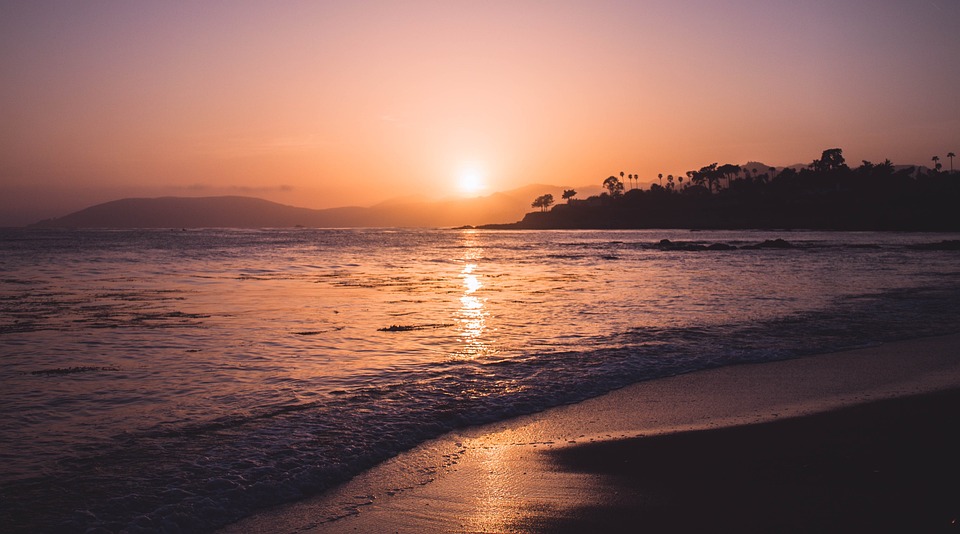Introduction
The Costa Calida, located in the southeastern region of Spain, is a hidden gem brimming with a rich history and captivating culture. This coastal paradise is renowned for its stunning beaches, charming coastal towns, and ancient archaeological sites. Whether you’re a history enthusiast, a culture aficionado, or simply seeking a relaxing holiday, Costa Calida offers a plethora of experiences that will leave you enchanted and in awe.
The Origins of Costa Calida
Costa Calida, which translates to “Warm Coast” in English, derives its name from the Mediterranean climate that blesses the region with mild winters and long, hot summers. The area has been inhabited for thousands of years, with a significant influence from various civilizations including the Phoenicians, Romans, and Moors.
Ancient Roman Heritage
One of the standout features of Costa Calida’s history is its extensive Roman heritage. The city of Cartagena, a prominent port city, was founded by the Carthaginians in 227 BC. Later, it became a key strategic location for the Romans and was named “Carthago Nova.” The Roman Theatre of Cartagena, dating back to the 1st century BC, is a remarkable archaeological site that must not be missed. The theatre has been beautifully restored and offers stunning views of the surrounding area.
Medieval Marvels
The medieval era also left its mark on Costa Calida. The city of Lorca boasts an impressive medieval fortress, Castillo de Lorca, which overlooks the city from atop a hill. The fortress is a testament to the area’s turbulent history and is home to a museum showcasing the region’s past. Exploring the narrow streets of Lorca’s old town will transport you back in time, with charming squares, traditional architecture, and a vibrant atmosphere.
Coastal Delights
Aside from its historical treasures, Costa Calida is also celebrated for its beautiful coastline. Sandy beaches, crystal-clear waters, and picturesque coves are the perfect backdrop for a relaxing vacation. La Manga del Mar Menor, a narrow strip of land that separates the Mediterranean Sea from the Mar Menor lagoon, is a popular destination for water sports enthusiasts, sun seekers, and nature lovers alike. The Mar Menor is a unique saltwater lagoon revered for its therapeutic properties.
FAQs
What is the best time to visit Costa Calida?
The best time to visit Costa Calida is during the spring and fall when the weather is pleasantly warm, and the tourist crowds are not as overwhelming.
What are some traditional dishes from Costa Calida?
Costa Calida is renowned for its fresh seafood. Some traditional dishes you must try include Caldero, a rice dish with fish and spices, and Mar Menor prawns cooked in garlic and olive oil.
Are there any local festivals in Costa Calida?
Costa Calida hosts a wide range of festivals throughout the year, celebrating everything from religious events to local traditions. The Semana Santa (Holy Week) processions in Cartagena and the Fiestas de Carthagineses y Romanos are particularly remarkable.
What are some of the must-see historical sites in Costa Calida?
In addition to the Roman Theatre of Cartagena, the Fortress of Lorca and the Archaeological Park of Molinete are highly recommended historical sites. A visit to the coastal town of Aguilas, known for its fortresses and watchtowers, is also worthwhile.
Is Costa Calida child-friendly?
Costa Calida offers a range of child-friendly activities and attractions, including water parks, beach resorts with kids’ clubs, and nature reserves. Families will find plenty of options to keep their little ones entertained.
What is the currency used in Costa Calida?
The currency used in Costa Calida, as well as in the rest of Spain, is the Euro (€).
